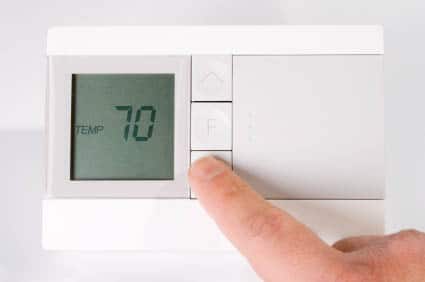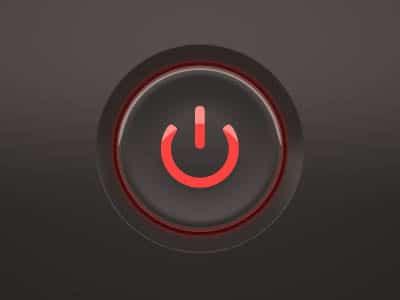Energy conservation may sound like a tedious and repetitive task to some, yet to others this is an opportunity to not only help the environment but to also help their wallets. With energy prices rising sharply, homeowners should be looking for the ways in which they can cut down their energy usage in order to save on their bills. This article looks at how we can all help to conserve energy, resulting in less carbon emissions and lower energy bills.
The Different Steps to Energy Conservation
The following steps are a guide for helping you to reduce energy consumption around the home.
1. Change Your Light Bulbs
Changing traditional light bulbs for energy saving alternatives can help to conserve energy, thus saving you money on your energy bills over the years. Although energy saving light bulbs are in most cases more expensive than traditional varieties, they often feature a much higher life expectancy so you should also save money by not having to replace light bulbs as often.
2. Lower Your Thermostat
Should you heat your home to a high temperature in order to stay toasty during colder periods then you should consider lowering your thermostat slightly. This can help to provide a significant energy saving and can help to reduce your energy bills.
Most central heating systems are provided with an easy to control thermostat, allowing you to change the temperature for the whole house. Systems that don’t provide this feature often have individual thermostats in each room placed on radiators etc. The sick and elderly should be careful in lowering their thermostats and should consult their local health authority for guidance on how warm they should keep their homes.
3. Make Use of Your Thermostats Timer
 Most modern thermostats come with a programmable memory where you can enter the days and times your heating should be active. This can be beneficial for people who work full time and are often out of the house for much of the working week as they are able to program their central heating system to become active shortly before arriving home from work. This allows people to come home to warm house knowing they haven’t been wasting energy to heat their home whilst they were at work.
Most modern thermostats come with a programmable memory where you can enter the days and times your heating should be active. This can be beneficial for people who work full time and are often out of the house for much of the working week as they are able to program their central heating system to become active shortly before arriving home from work. This allows people to come home to warm house knowing they haven’t been wasting energy to heat their home whilst they were at work.
4. Replace Old Appliances for Energy Efficient Alternatives
We don’t recommend performing this process in one go as this has the potential to have a serious impact on your household funds, however, as old appliances fail or need replacing naturally, why not look for highly energy efficient alternatives? Most appliances sold across the globe today feature different energy ratings so you can easily identify how energy efficient an appliance actually is and how much electricity it’s likely to consume.
5. Fully Turn Off Appliances
 Devices are often left plugged in and switched on at the socket. Whilst the appliance may not be in use, they are often in what is called “standby mode”. Televisions, games consoles and stereos are the worst culprits of this and often feature a small L.E.D (light emitting diode) to signify they are ready and waiting to be powered on via the help of a remote control.
Devices are often left plugged in and switched on at the socket. Whilst the appliance may not be in use, they are often in what is called “standby mode”. Televisions, games consoles and stereos are the worst culprits of this and often feature a small L.E.D (light emitting diode) to signify they are ready and waiting to be powered on via the help of a remote control.
This small L.E.D and the systems involved in keeping an appliance in “standby mode” can consume considerable amounts of energy when combined together. Thus, if appliances are left switched on at the socket but not actually in use, they will be sucking power and costing you money. A simple way to avoid this is to ensure appliances are fully turned off at the socket when not in use. This will help to conserve energy resulting in cheaper bills for your household.
6. Install Insulation
Most modern homes will feature adequate insulating properties, however, older buildings may have little to no insulation at all. Installing cavity wall insulation, loft insulation and double glazed windows are steps you can take in order to reduce your energy consumption. In some areas, grants may be available to help you with this process with many countries providing schemes that are able to provide you with free cavity wall or loft insulation.
Overview
So there we have the answer to how we can all conserve energy around the home. Although some of the above steps may be out of your comfort zone, they each play a role in helping to reduce the energy you use to heat and power your home each and every day.